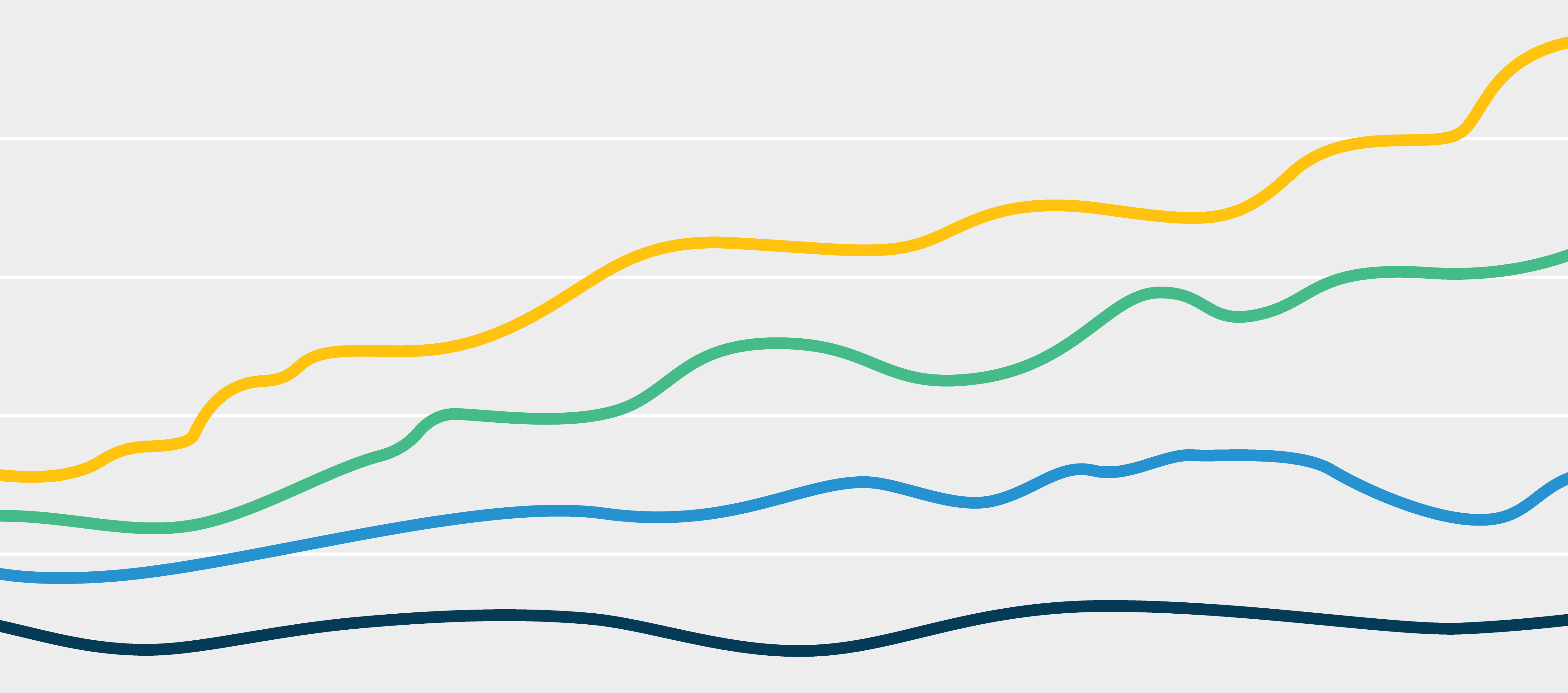
Your employee value proposition is more than just details about compensation, benefits or mission. It’s how healthcare organizations differentiate themselves to get ahead in today's tough healthcare workforce environment
Read More
Subscribe to Our Thinking, valuable insights for healthcare execs, communicators and marketers.







